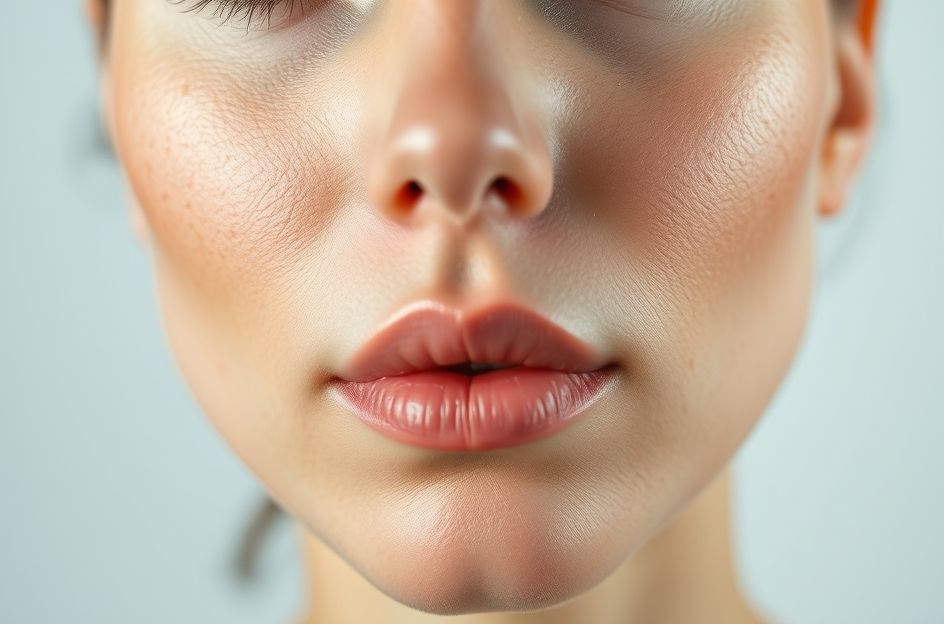Acne is a common chronic skin condition affecting hair follicles and sebaceous glands, often characterized by blackheads, whiteheads, pimples, cysts, and potential scarring. It commonly surfaces during adolescence, impacting both men and women, with symptoms often worsening for those with oily skin. While teenage boys are frequently affected, middle-aged women may experience milder forms.
Acne typically appears on the face, but can also affect the neck, chest, back, shoulders, scalp, and upper arms and legs. Genetic predisposition and hormonal fluctuations are primary drivers, not poor diet or hygiene.
Acne begins with a comedo, a clogged hair follicle filled with oil and bacteria beneath the skin’s surface. Increased oil production promotes bacterial growth within the follicle, triggering inflammation as white blood cells respond. Acne is broadly categorized into non-inflammatory and inflammatory types.
**Non-Inflammatory Acne:**
* **Closed Comedo (Whitehead):** Occurs when the plugged follicle remains beneath the skin, appearing as a small, whitish bump.
* **Open Comedo (Blackhead):** Develops when the plug enlarges and pushes through the skin. The dark color results from melanin buildup, not dirt.
**Inflammatory Acne:**
* **Papule:** A small, firm, and tender pink bump, representing an intermediate stage between non-inflammatory and inflammatory lesions.
* **Pustule:** A small, inflamed, round lesion containing visible pus, characterized by a red base and a yellowish or whitish center. Inflammation is caused by sebum components like free fatty acids.
* **Cyst:** A large, painful, pus-filled lesion deep within the skin, resulting from comedo contents spilling into surrounding tissue and an immune response. Cysts often lead to scarring.
* **Acne Conglobata:** A rare, severe form of inflammatory acne primarily affecting the back, buttocks, and chest, characterized by pustules, cysts, and potential bacterial infection.
**Symptoms of Acne:**
Common symptoms include persistent, recurring red spots or swellings (pimples) on the skin, which can become inflamed and filled with pus. These typically appear on the face, chest, shoulders, neck, or upper back. Other symptoms include blackheads (dark spots with open pores), whiteheads (bulged spots without openings), and pustules (red swellings filled with pus that develop from blackheads or whiteheads). Inflamed, fluid-filled lumps under the skin (cysts), which can grow up to an inch in diameter, are also a significant symptom.
